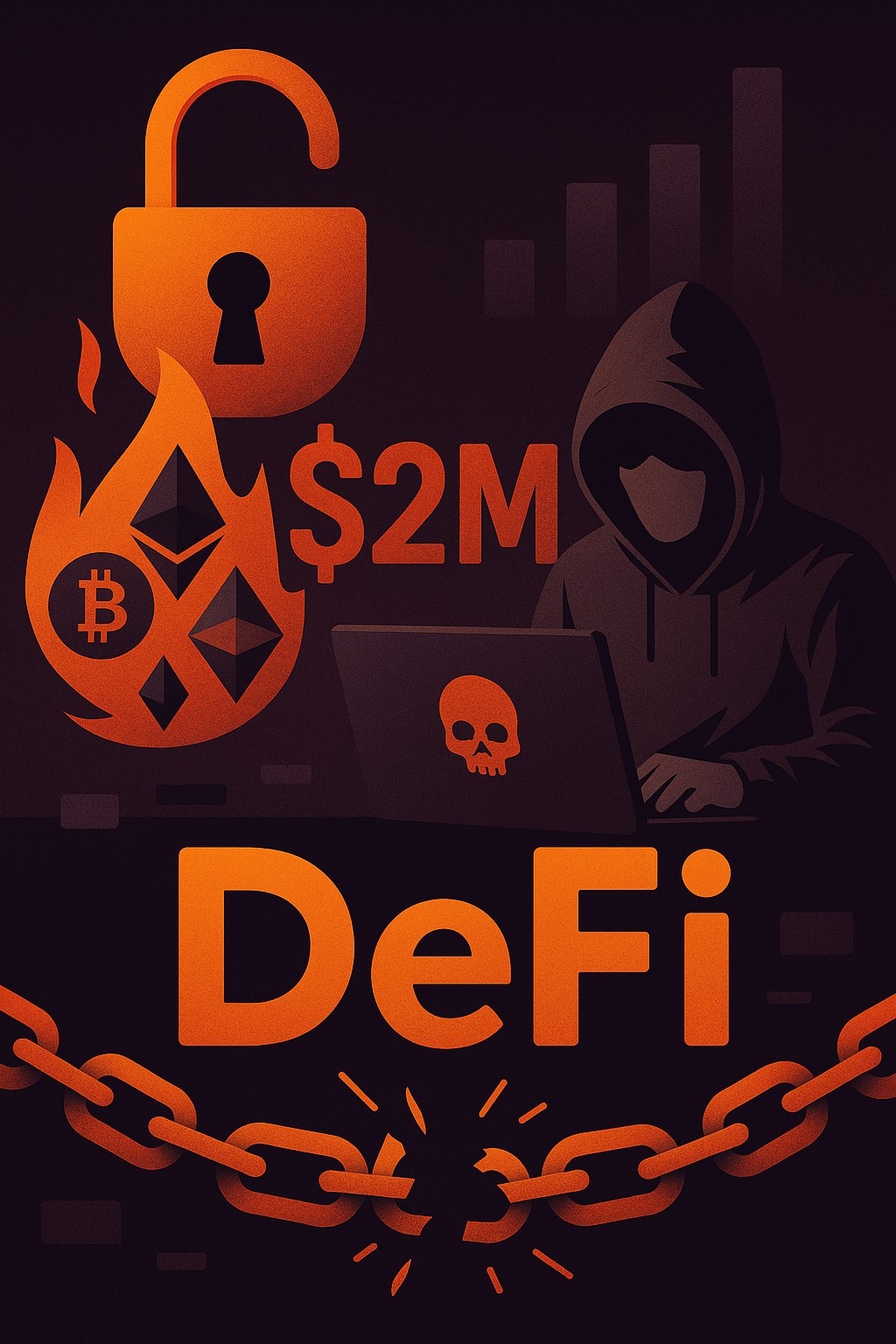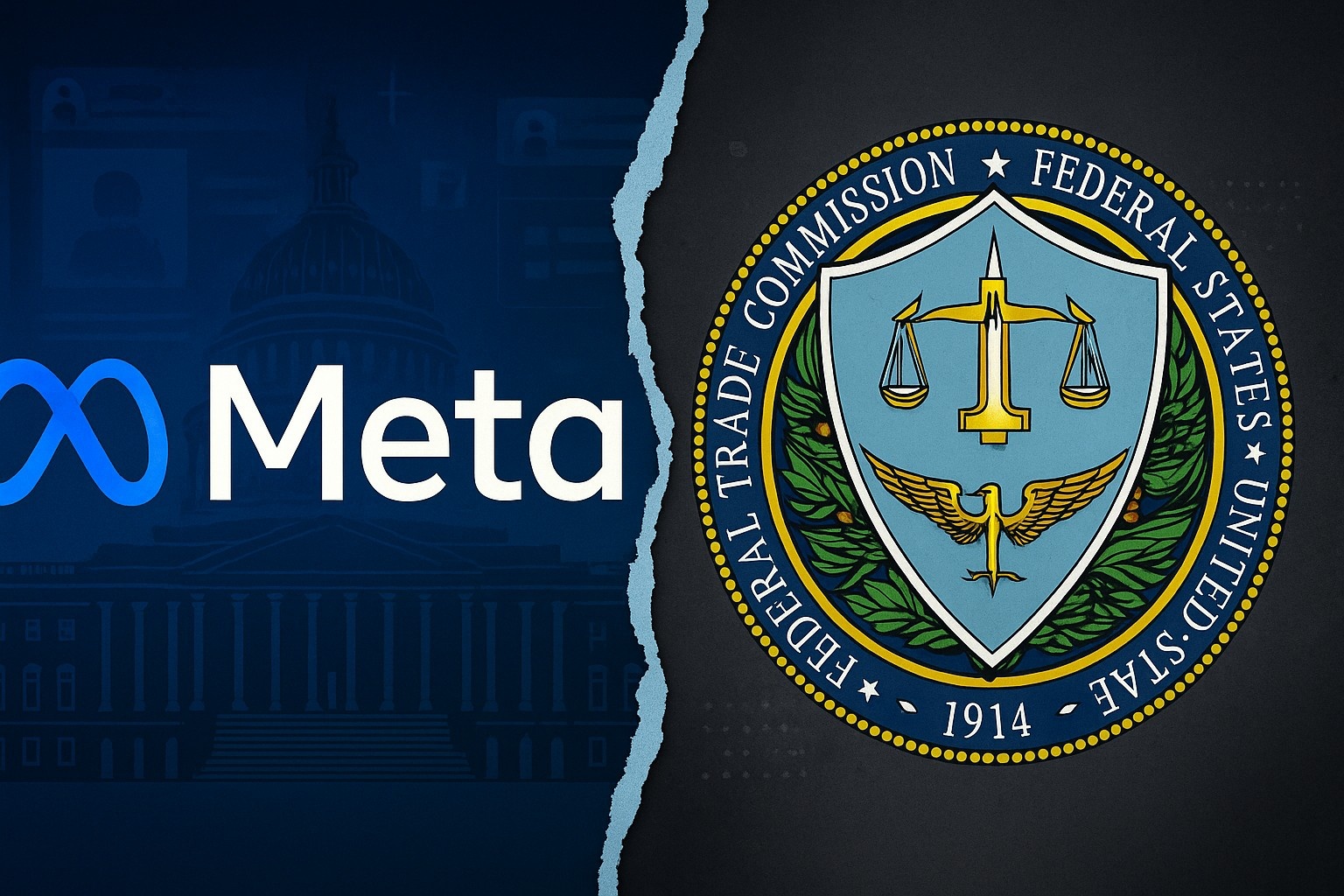April 2025: Crypto Hacks Surge to $92 Million — DeFi Still the Weakest Link
April 2025 turned out to be one of the worst months of the year for the crypto industry — not because of market crashes or regulatory drama, but due to a series of cyberattacks that drained over $92 million from decentralized platforms.
The wave of attacks, all targeting DeFi protocols, shows a disturbing trend: while centralized exchanges have hardened their systems, DeFi still remains dangerously exposed — and hackers know it.
DeFi Projects Were the Only Targets — And It Was Costly
All the major incidents in April took place on decentralized finance (DeFi) platforms. Not a single centralized exchange was breached. But in total, 15 separate attacks hit DeFi protocols, stealing a combined $92.5 million — more than double the amount lost in March.
-
The biggest breach:
UPCX, an open-source DeFi project, lost $70 million in a devastating exploit.
The protocol is still trying to recover, but the scale of the loss makes it one of the top 5 DeFi hacks of the past year. -
Other notable incidents:
- KiloEx, a decentralized exchange, was hacked for $7.5 million — though the attacker strangely returned the funds within days.
- Loopscale lost $5.8 million.
- ZKsync suffered a $5 million exploit.
- Term Labs also reported losses of $1.5 million.
These numbers add up — and fast.
Hackers Are Getting Bolder — and Smarter
April’s spike wasn't just about volume. It was about sophistication.
Several of the attacks involved:
- Smart contract vulnerabilities
- Flash loan manipulations
- Cross-chain bridge exploits
Protocols operating across multiple chains — or launching new products without exhaustive security audits — were the most vulnerable.
Security experts say the attackers are no longer lone-wolf coders. Instead, many of these operations are being executed by organized groups, some possibly state-backed.
Ethereum and BNB Chain: Primary Targets
Most of the attacks in April took place on two networks:
- Ethereum: 5 incidents
- BNB Chain: 4 incidents
These two chains alone accounted for over 60% of all losses.
Other chains affected:
- ZKsync
- Base
- Sonic
- Arbitrum
- Solana
It’s clear that wherever value moves — and wherever TVL (Total Value Locked) is high — hackers follow.
Total Losses in 2025 Already Surpass Last Year
Here’s the bigger problem. We’re only four months into 2025, and the total amount stolen from crypto platforms this year has already crossed $1.74 billion.
That’s more than the entire loss in 2024, which was around $1.49 billion.
If the trend continues, 2025 could be the worst year ever for crypto security breaches — especially in DeFi.
What Experts Are Saying
Mitchell Amador, CEO of blockchain security firm Immunefi, put it bluntly:
“Protocols must be built with the assumption that attackers will find a way in. If you're not prepared for that, you're already behind.”
- Mitchell Amador, CEO of Immunefi
He also emphasized that white-hat security teams and bounty platforms aren’t enough anymore. Projects need:
- Formal audits
- On-chain monitoring
- Emergency kill switches
- And perhaps most importantly — better culture around shipping secure code
Amador also warned about state-sponsored groups increasingly moving into the crypto space — especially those tied to countries under heavy financial sanctions.
Why DeFi Is Still So Vulnerable
Unlike centralized exchanges, which have:
- Dedicated security teams
- Compliance systems
- Legal protections
DeFi protocols often:
- Ship fast and break things
- Lack centralized oversight
- Operate via anonymous or semi-anonymous developer teams
- Get audited once (if at all) and then go live indefinitely
Add to that the fact that many DeFi contracts are immutable once deployed, and you have a recipe for disaster.
When an exploit is found, there’s no customer support desk.
There’s just the blockchain — and whatever’s left in the contract.
The One Bright Spot: Hacker Returned Funds at KiloEx
In an unusual twist, one of April’s hacks had a relatively happy ending.
KiloEx, which lost $7.5 million to an exploit, had the funds returned by the attacker, who posted an on-chain message saying they “wanted to test the platform’s resilience” and “prove a point.”
No one knows who the attacker is — and no one believes every hacker will be that generous. But the incident does show one thing: the gap between security and attack is shrinking, and sometimes, only the attacker decides how bad it gets.
What Needs to Happen Now
The message is clear. If DeFi is going to scale — and remain a serious part of the crypto ecosystem — security has to be the top priority.
That means:
- Audits before and after mainnet launch
- Real-time monitoring
- Transparent bug bounty programs
- Emergency response plans
Most importantly, it means slowing down development in some cases. Because speed without safety is what’s killing DeFi’s credibility right now.
Final Thoughts
April 2025 was a brutal month for DeFi — and a clear signal to everyone in crypto: security isn’t optional anymore.
With $92 million gone in 30 days and over $1.74 billion lost so far this year, the window for “move fast and fix later” is closing.
In a world where your smart contract is your bank, every line of code is a potential vault door — or a leak.
And right now? Too many of them are wide open.
















